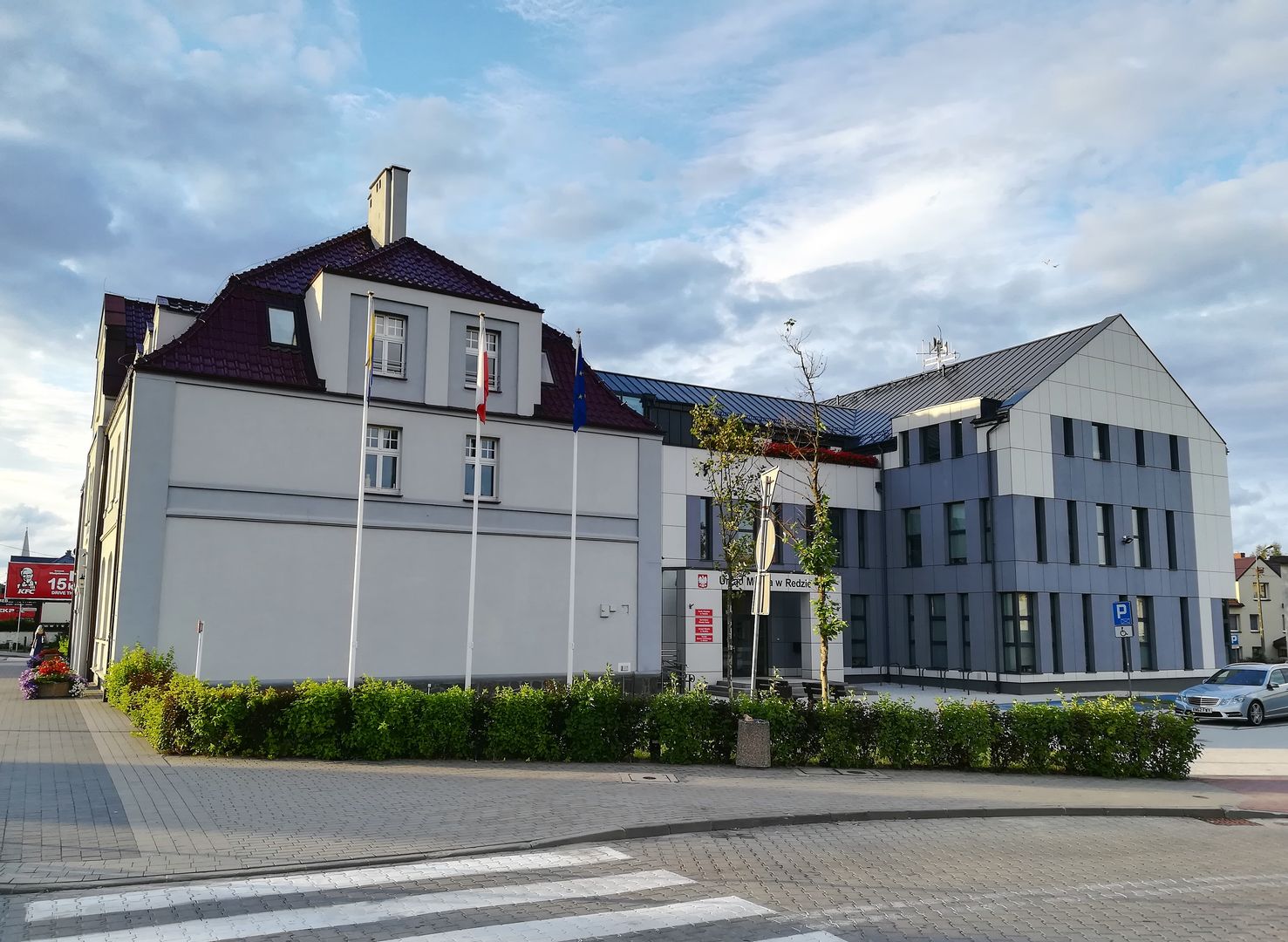Reda
6.93

Overview
Reda is a Kashubian town located in the Pomeranian Voivodeship, in the Wejherowo County, known for its dynamic development, especially in the 1980s, associated with the construction of the Żarnowiec Nuclear Power Plant. Its main architectural highlights include the Church of the Assumption of the Blessed Virgin Mary, built between 1901 and 1903 in the Neo-Gothic style, and the railway station complex from 1875, which also includes the former post and telegraph office. Reda has a rich history dating back to the Middle Ages, when it was referred to as Grężlew and later as Reda. Over the centuries, it changed rulers, falling under Prussian control after the First Partition of Poland and suffering destruction during the Swedish Deluge. The town is part of the Tricity metropolitan area and boasts a rich natural environment, with the Reda River being a popular spot for kayaking. The forests of the Darżlubska Wilderness and protected areas within the Tricity Landscape Park are also under conservation. Modern Reda is culturally active, with diverse events organized by the Municipal Cultural Center, such as music festivals and artistic workshops. Although a significant percentage of the population are Kashubians, their language and culture are threatened due to migration from other regions of Poland. Reda also hosts numerous gatherings focused on local traditions and activities of non-governmental organizations, such as the Kashubian-Pomeranian Association and the University of the Third Age. The town is also known for its scenic tourist trails, both hiking and cycling, that wind through picturesque landscapes. Interestingly, residents can enjoy urban attractions such as a viewpoint and an Aquapark, as well as sports and recreational facilities. While preserving its Kashubian roots, Reda is becoming a place where history meets modernity, promoting local culture and traditions.
Location
Tickets
Powered by GetYourGuide
You can also find here:
2025 Wizytor | All Rights Reserved
